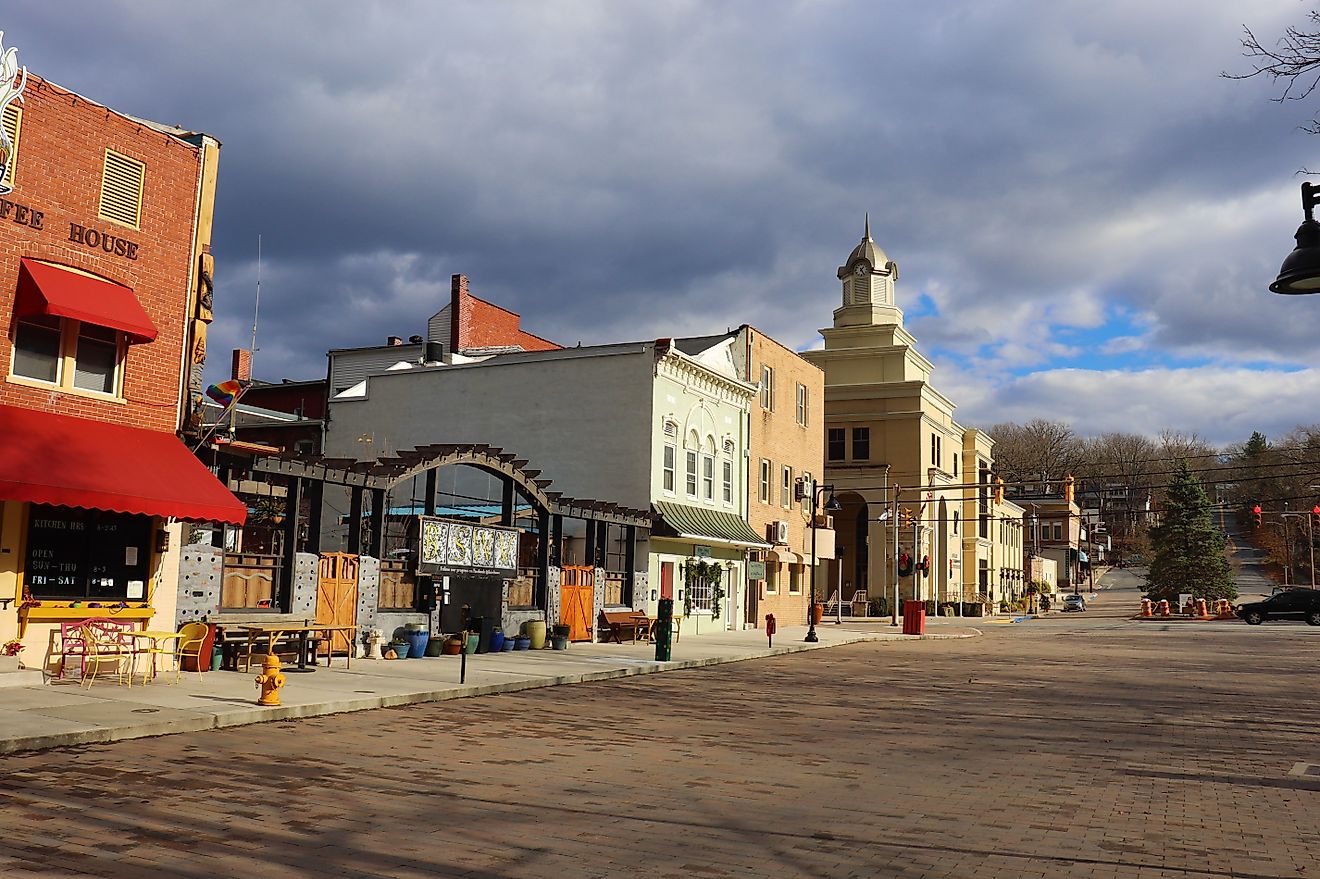
Twin Falls, Idaho
Twin Falls, Idaho, is one of the Gem State's youngest cities and the gateway to the Snake River Canyon. An area famous for base jumping, river rafting, and winter sports has thrived for decades. Home to the College of Southern Idaho, Twin Falls is a bustling city that offers a comfortable lifestyle for students and residents. Its downtown core is full of breweries, cafes, and restaurants that can service tourists and locals year-round.
Geography And Climate Of Twin Falls

The largest city in Twin Falls County, Twin Falls lies at 1141 meters above sea level and covers more than 47 sq. km. The town is directly in the center of the Snake River Basin and wedged between the Rocky Mountains and the Great Basin Desert. Roughly 100 kilometers south of Twin Falls, on the other side of the Cassia Mountain Range, is the Idaho -Nevada – Utah State monument. Following Interstate 84 northwest of Twin Lakes for two hours, motorists can reach Idaho's capital, Boise. Four hundred kilometers in the opposite direction is the magnificent Grand Teton National Park on the other side of the Idaho border in Wyoming. Traveling 330 kilometers north, explorers can access hot springs, mountain trails, and lakes in Salmon-Challis National Forest.
The contrast between desert and high alpine climates contributes to hot and dry summers, while winters are snowy and frigid. Twin Falls is less snowy than most of the regions in Idaho, where most snow falls in December and January. Spring temperatures rise, and the snow turns into rain, May is the wettest month with an average of 28 millimeters of precipitation. Rainfall dies out as summer introduces its warmth, where July is the hottest and driest month, with only 5 millimeters of rain for its monthly average. Temperatures soar up to 36˚C in the middle of summer when locals find nearby bodies of water to cool down. Autumn weather brings relief to Twin Falls thanks to the cooling temperatures, rainfall increases, and snow will return near the end of the season.
History Of Twin Falls

The Shoshone and Bannock indigenous tribes lived throughout the Snake River Plains hundreds of years before European settlers made their way to the west. The name derives from the two waterfalls that were next to each other. Only one waterfall is visible in present-day due to a hydro dam constructed upstream on the Snake River. In the 19th century, I.B. Perrine, an entrepreneur, and rancher, found his way to Twin Falls. He successfully raised cattle and grew crops in the Snake River Canyon. He created the Twin Falls Land and Water Company, providing water access via a series of canals to over 200,000 acres of agricultural land in southern Idaho. In 1904, the founding of Twin Falls attracted many citizens seeking new lives and opportunities. Quickly, buildings and schools opened to service the fast-growing population. In honor of I.B. Perrine, the construction of a 148-meter-tall bridge crossing the Snake River Canyon in 1976. This iconic bridge is now home to extreme athletes' year-round base-jumping site. The same year daredevil Evel Knievel took to the skies in a mini rocket to attempt to jump across the canyon.
Population And Economy Of Twin Falls
The seat of Twin Falls County is home to a growing population of 51,649 residents. Since 2010, the city has experienced a 16% population growth rate and does not seem to be slowing down. The median household income is $64,694 and has a high poverty rate of over 14%. Renters can pay a low monthly rate of less than $850, while homeowners can purchase a house for approximately $175,900. The average age of Twin Falls citizens is 33 years old. The industries that employ several people are sales, office, administrative, and management professions. In contrast, the highest paying salaries are in the legal and architectural businesses.
Attractions In Twin Falls
Snake River Canyon Rim Trail

On the north side of Twin Falls, over 16 kilometers of marked trails line the beautiful Snake River Canyon. The course is known for exceptional bird watching and wildlife sightings. Cyclists, hikers, and runners can witness base jumpers fly off the side of the Perrine Bridge. Passersby can stop and educate themselves at the Evel Knievel Jump Monument, but the jump site is east of the trailhead.
Orton Botanical Garden
A non-profit botanical garden teaches all visitors about the native plant species of the area that encompasses Twin Falls. Home to over 400 species, the organization presents how these plants can thrive with little to no water exposure. The garden is entirely outside and provides inspiring lessons and paths to its guests.
Shoshone Falls Park

Described as the "Niagara of the West," Shoshone Falls Park offers views of the 65-meter tall and 275-meter-wide Shoshone waterfalls. The falls are taller than the great Niagara Falls, making it one of the largest waterfalls in the US. Due to its low flow volume, boaters and kayakers can float at the base of the falls while staring up at the monster waterfall.











